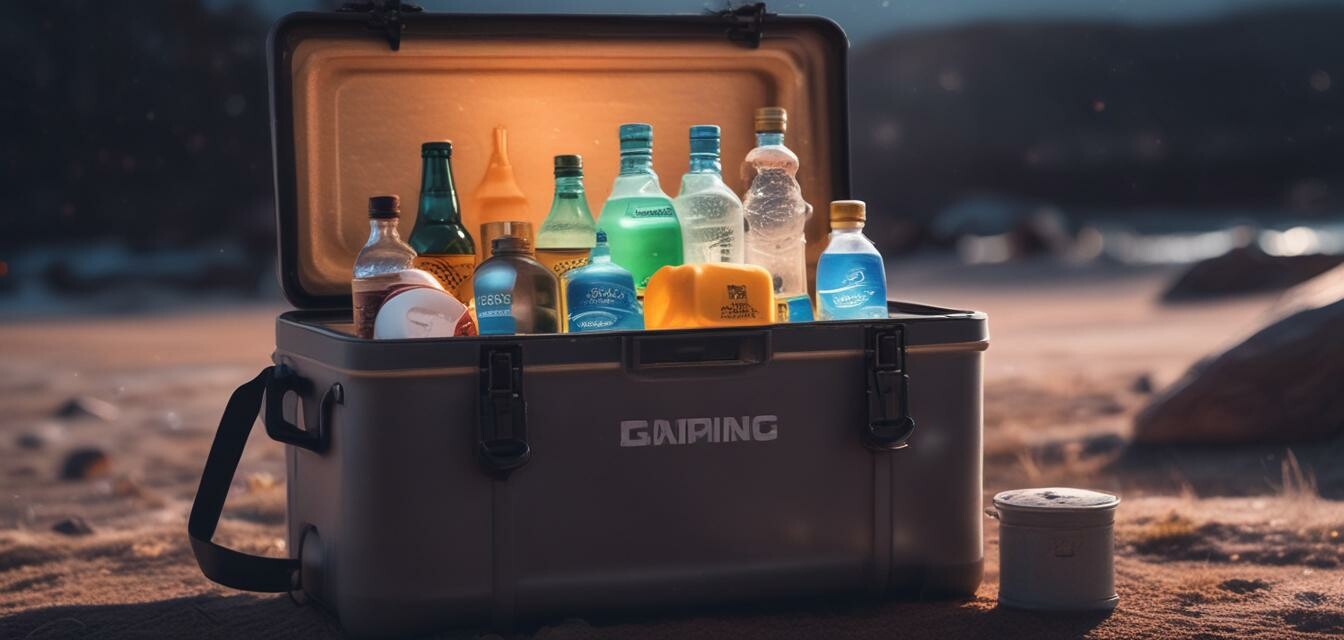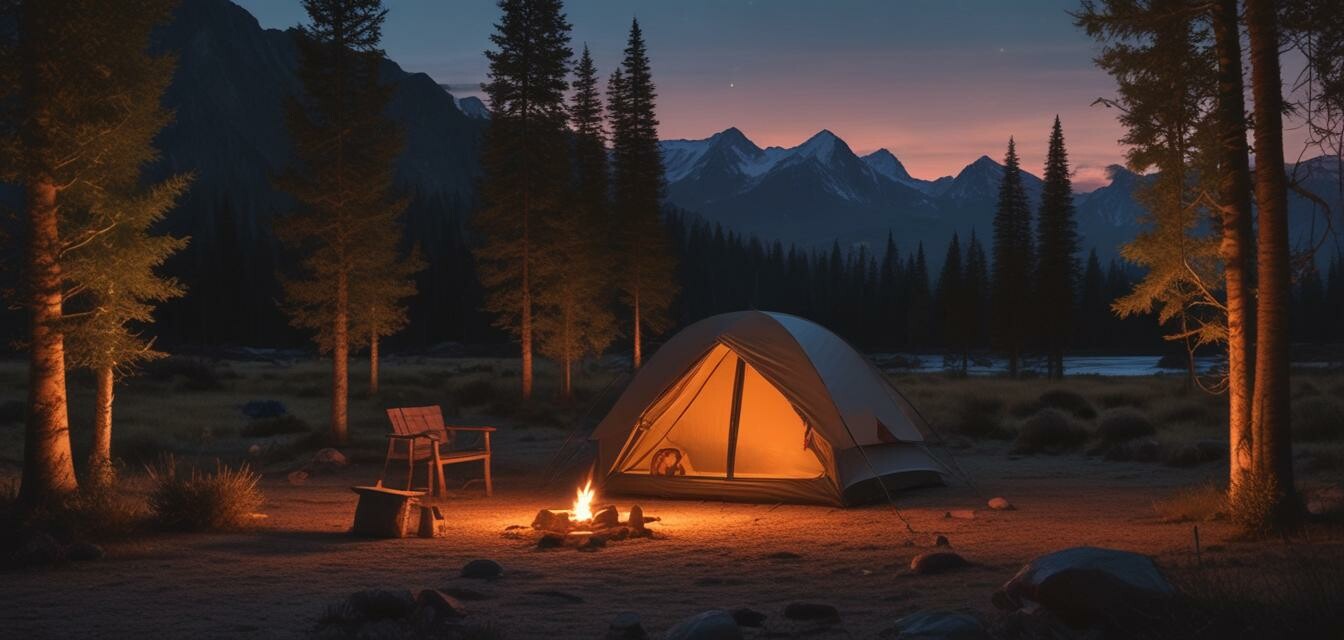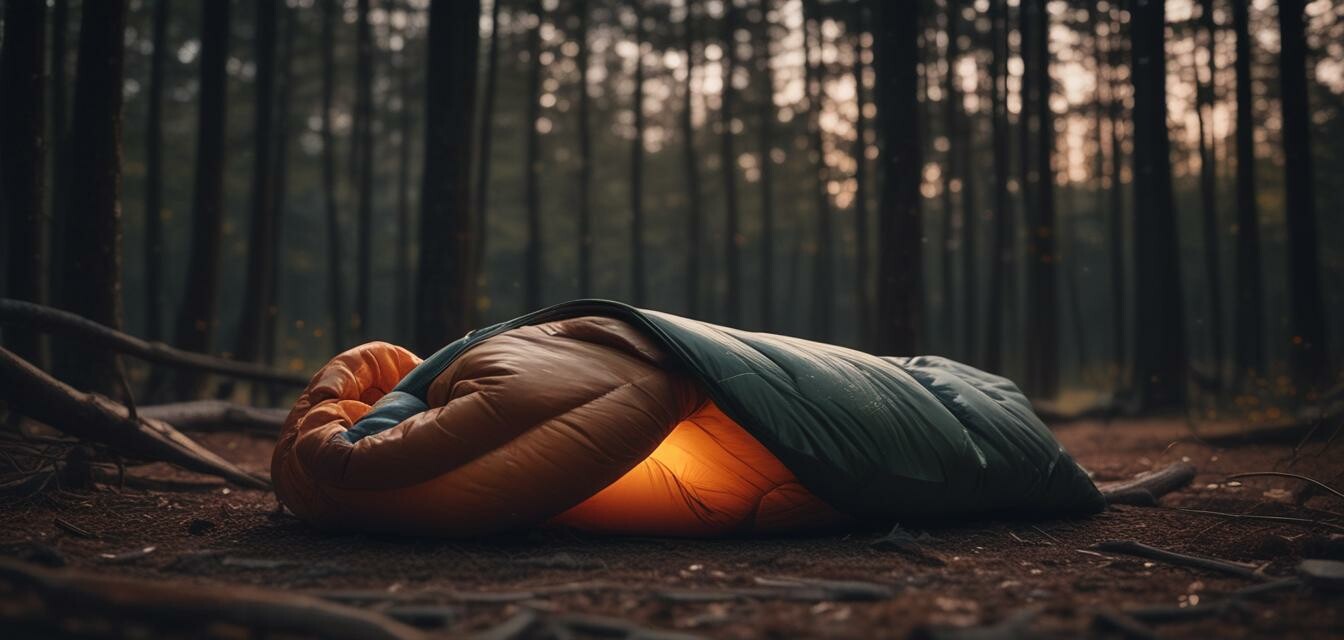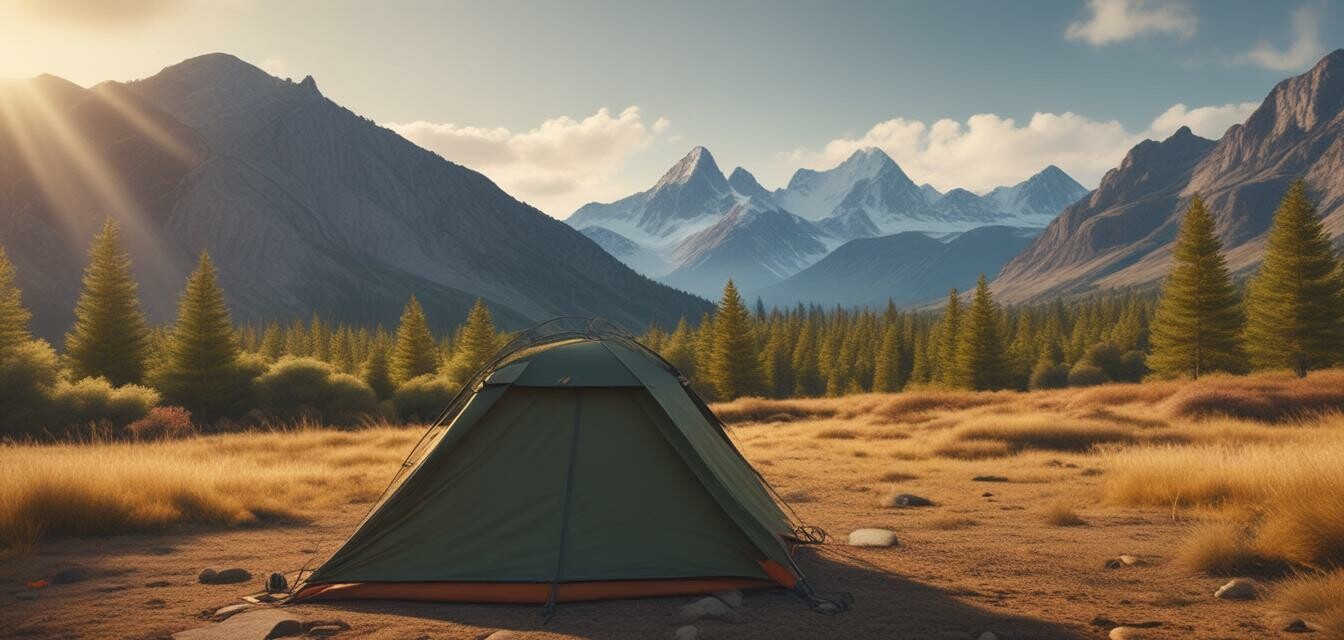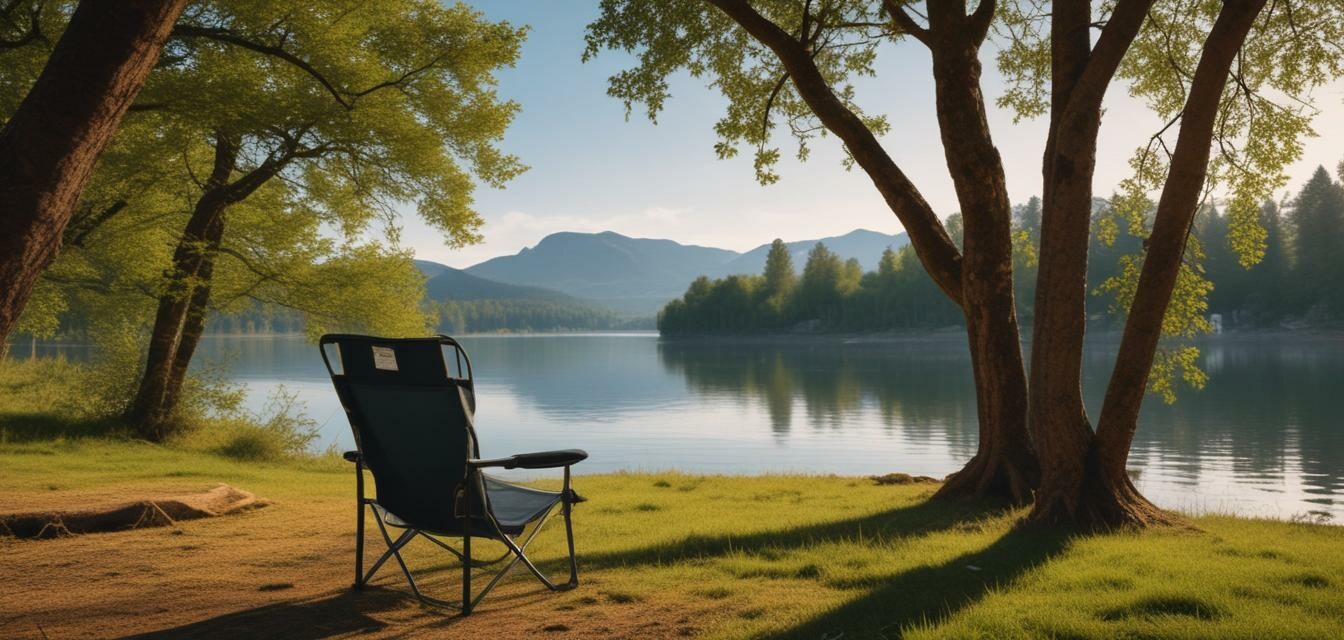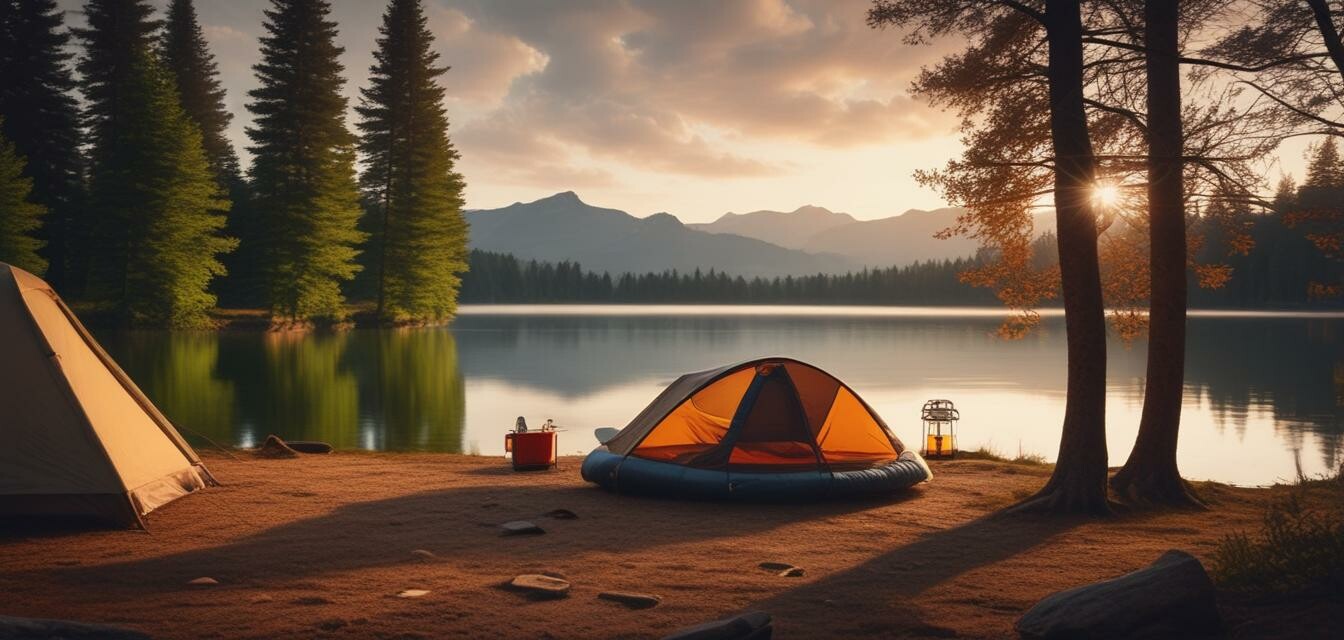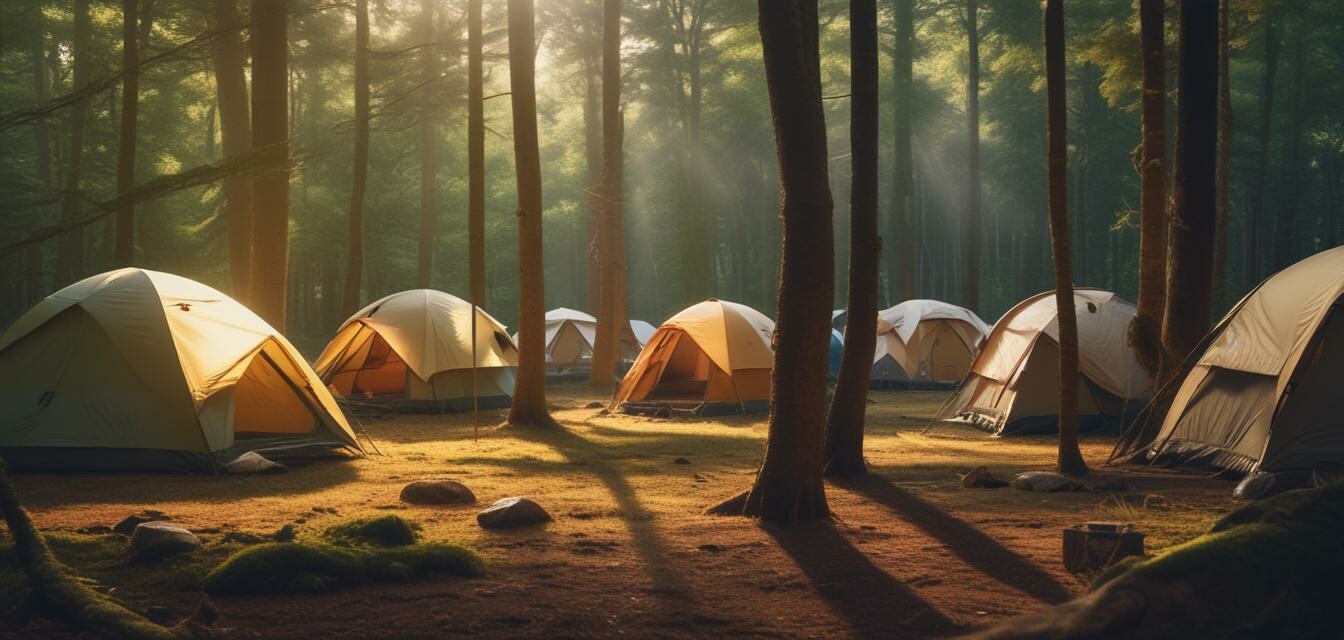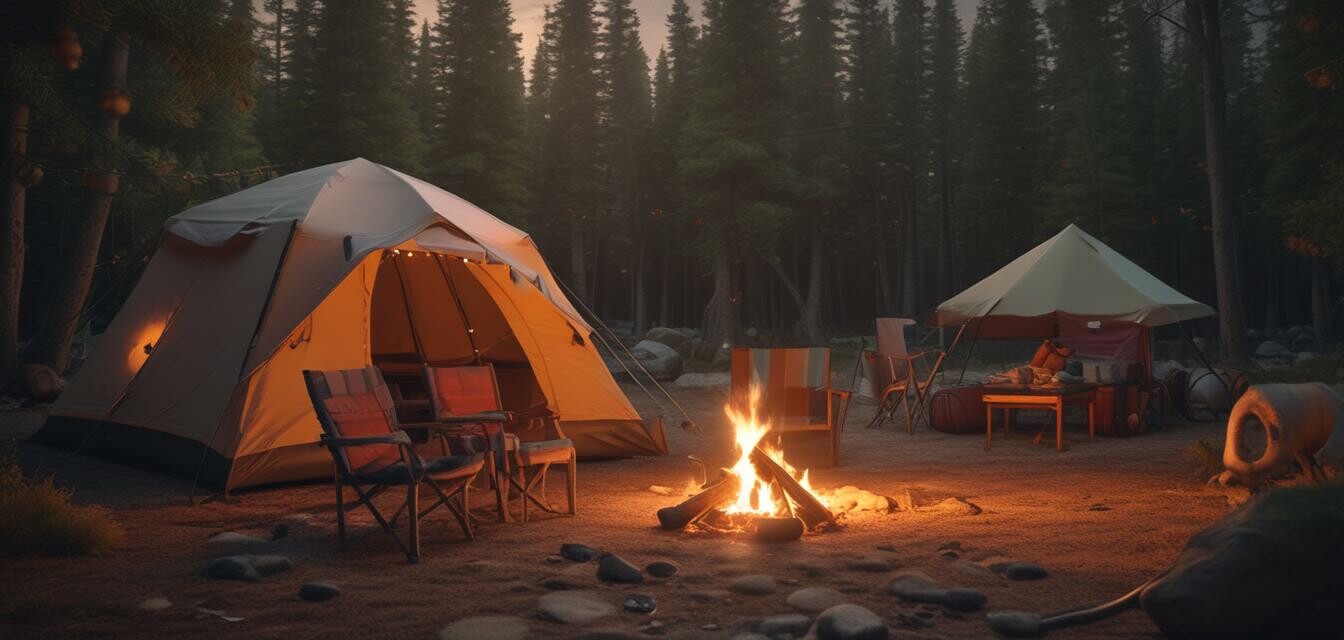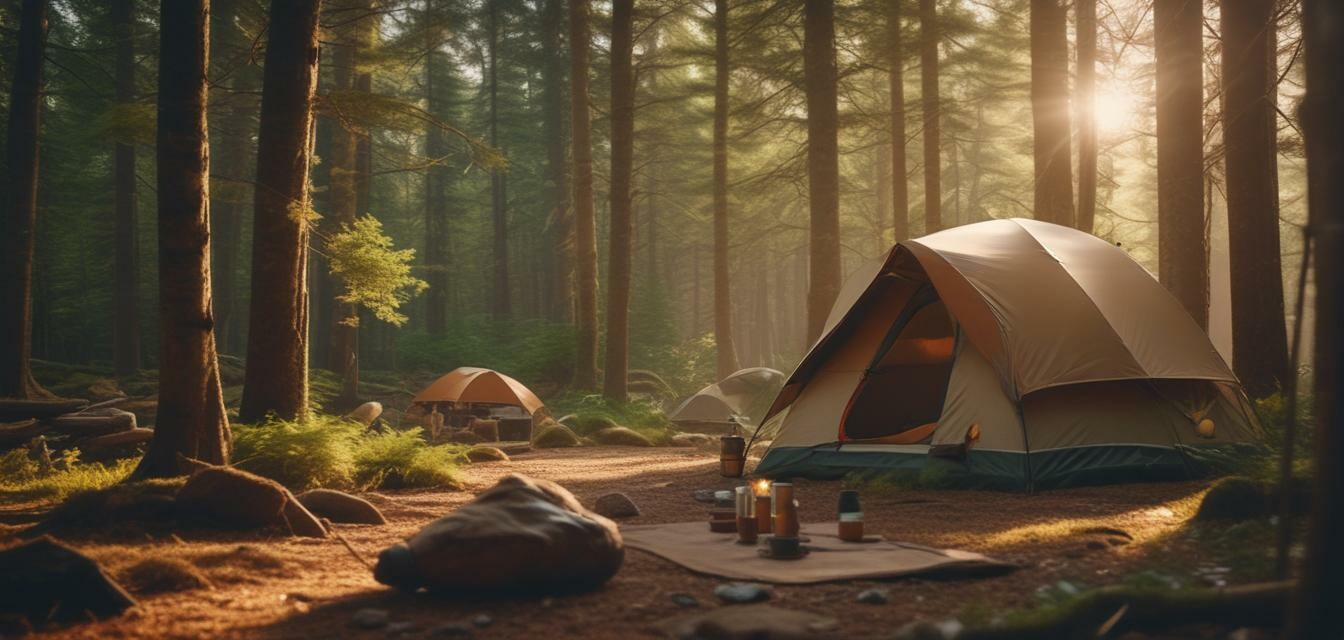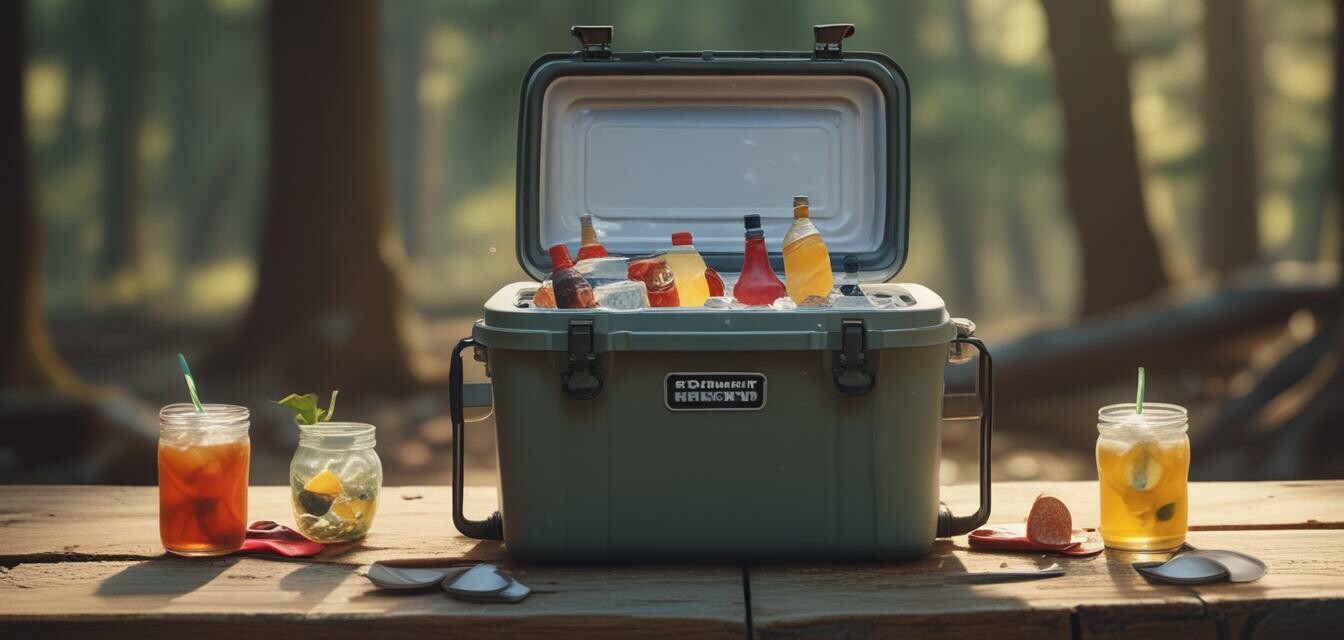
Camping Coolers
Camping coolers are an essential part of any outdoor adventure. They keep your food and drinks fresh and cool, even in the hottest temperatures. But with so many options available, it can be overwhelming to choose the right one. In this article, we'll dive into the world of camping coolers, exploring insulation technology, types of coolers, and care tips to keep your cooler performing at its best.
Key Takeaways
- Camping coolers come in various types, including soft-sided, hard-sided, and backpack coolers.
- Insulation technology plays a crucial role in keeping your food and drinks cool.
- Proper care and maintenance can extend the life of your cooler.
Types of Camping Coolers
When it comes to camping coolers, there are several types to choose from, each with its own unique features and benefits. Here are some of the most popular types of camping coolers:
| Type of Cooler | Description | Advantages | Disadvantages |
|---|---|---|---|
| Soft-Sided Cooler | Lightweight and collapsible, soft-sided coolers are perfect for short trips and small groups. | Portability, easy to store | Limited insulation, not suitable for long trips |
| Hard-Sided Cooler | Sturdy and durable, hard-sided coolers are ideal for long trips and large groups. | Excellent insulation, durable | Heavy, bulky |
| Backpack Cooler | Designed for hiking and backpacking, backpack coolers are perfect for solo adventurers. | Portability, comfortable to wear | Limited capacity, not suitable for large groups |
Insulation Technology
Insulation technology is what sets camping coolers apart from regular coolers. The type of insulation used can make a significant difference in the performance of your cooler. Here are some common types of insulation used in camping coolers:
- Foam Insulation: A cost-effective and lightweight option, foam insulation is perfect for short trips.
- Fiberglass Insulation: A popular choice for camping coolers, fiberglass insulation provides excellent temperature retention.
- Vacuum Insulation: The most advanced type of insulation, vacuum insulation uses evacuated air space to keep temperatures consistent.
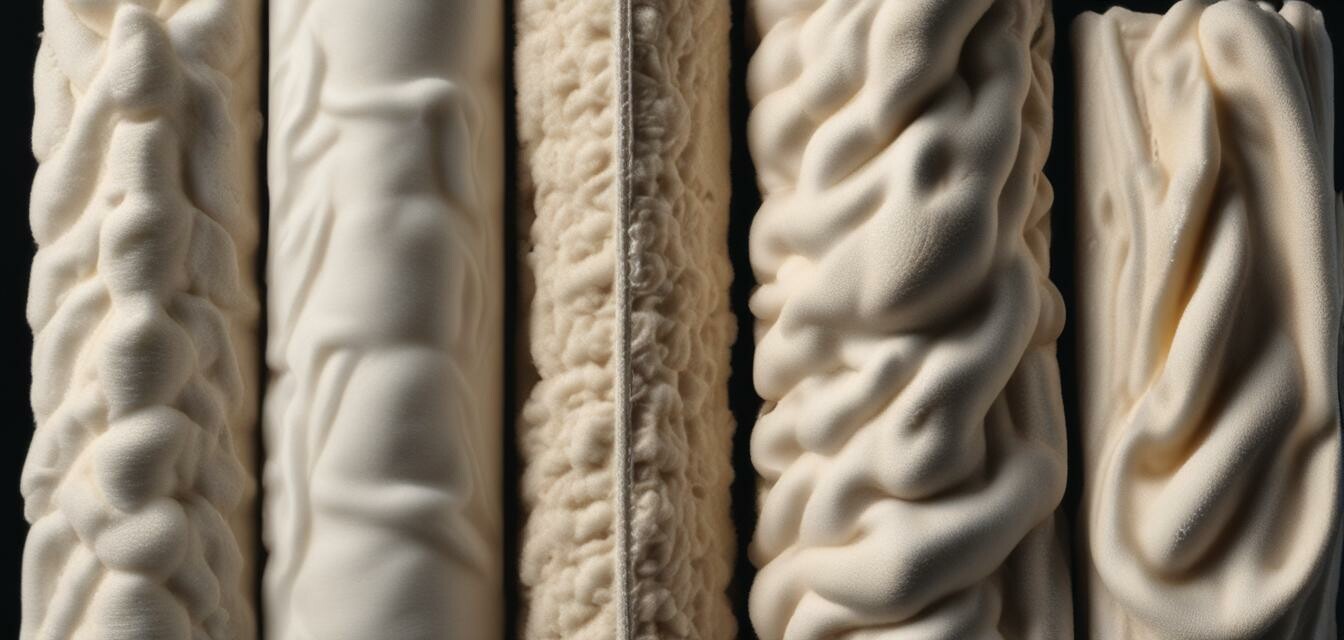
Care and Maintenance
To extend the life of your camping cooler, it's essential to properly care for and maintain it. Here are some tips to keep your cooler in top condition:
Beginners Section
- Regularly clean your cooler with mild soap and water.
- Dry your cooler thoroughly after each use to prevent mold and mildew.
- Store your cooler in a cool, dry place to prevent damage.
Conclusion
Camping coolers are an essential part of any outdoor adventure. By understanding the different types of coolers, insulation technology, and care tips, you can make an informed decision when choosing the right cooler for your needs. Remember to check out our Camping Coolers & Food Storage section for more information and product reviews.
Pros
- Keep food and drinks fresh and cool
- Available in various types and sizes
- Portable and easy to transport
Cons
- Can be heavy and bulky
- Requires regular maintenance
- May not keep temperatures consistent in extreme weather
